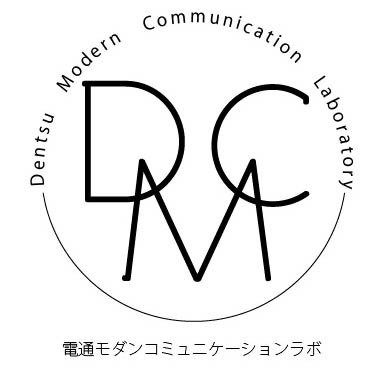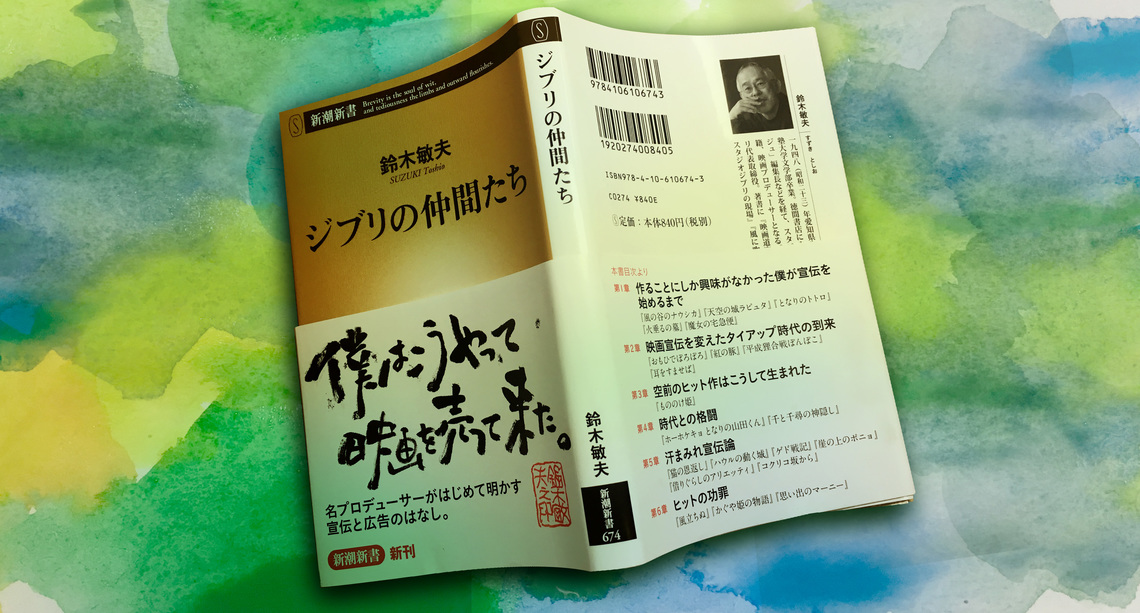From the early works to the more recent ones, all are still repeatedly broadcast on television and cherished as timeless masterpieces. However, as the book also mentions, the early films didn't perform very well at the box office when they were released. There were even talks of disbanding after "Kiki's Delivery Service" – something unimaginable today.
The studio's recovery from this crisis and its enduring success as a globally recognized animation studio is entirely due to Mr. Suzuki's leadership. Every episode and approach documented for each film is fascinating and rich with insights for those involved in promotion.
How do directors and staff respond when you offer words and create an environment? How does the work evolve? I've always acted while contemplating these questions. What I did might have been a kind of "experiment." (P.276-277)
Unlike today's multiplex era, back when single-screen theaters were the norm, how did we persuade them to increase the number of screening venues? How did we secure large budgets for promotion?
Regarding production support for Ghibli films, previously Dentsu Inc. and Hakuhodo alternated handling promotions for each project, but now both companies collaborate together.
He vividly describes the people involved from both agencies—using real names, honestly noting their strengths and weaknesses—while also detailing their personalities and work styles. He writes about how he got them to work for him, how he persuaded them, and his skill in moving people.
His ability to build the "Team Suzuki" approach, collaborating with even competing companies to move projects forward.
Moving beyond advertising, the book details the first full-scale corporate tie-in, which began with "Castle in the Sky." While it was a collaboration with our company, it was a new experience requiring trial and error. They discovered effective ways to structure such partnerships, which were then applied to promotional exposure for subsequent works.
Ghibli's Unwavering Communication Style
And the copywriter behind the catchphrases has been Mr. Shigesato Itoi almost exclusively since "My Neighbor Totoro" and "Grave of the Fireflies."
Ghibli films' copy follows a methodology distinct from the norm. The most significant difference from other product advertisements is that the copy is completed before the film (the product itself) is finished. (Excerpt) (P.85)
By creating a catchphrase that captures the essence of the work early in production, it becomes a rallying point for everyone involved in production, promotion, and distribution to unite and move in one direction. This seems to be the secret behind Ghibli's unwavering communication.
They seem to come up with the sub-copy themselves, and their approach at that time is also spot on.
Suzuki-san said, "Good copy is something that just pops out by chance, you know?" "It's usually the very first words spoken. But when you discuss things over and over, you often forget those initial words. When that happens, you have to go back to them." (P.152)
It's common for copy that captures the essence of something to be hidden within the creator's own words, and for the copywriter to uncover and polish it.
And Mr. Suzuki is also a very logical person.
At the time of Princess Mononoke's release, the target distribution revenue was 6 billion yen. The highest record for a Japanese film at that time was 5.9 billion yen for Antarctica. Studio Ghibli's previous highest record was 2.8 billion yen for Porco Rosso.
While everyone else was hesitant, he personally discovered that the sum of direct advertising costs plus the monetary value of indirect exposure from tie-ins and publicity for past films released by Ghibli was nearly identical to their distribution revenues. He thus formulated the "Advertising Cost = Distribution Revenue" principle, inspiring the PR staff by declaring that achieving the target distribution revenue was possible by investing an equal amount in advertising.
While converting exposure into advertising cost equivalents is common in PR work, actually doing it oneself and deducing its relationship to distribution revenue is no small feat.
Indeed, Princess Mononoke achieved distribution revenues of 11.3 billion yen, far exceeding its target.
The film production process that confused "producer apprentice" Mr. Kazuo Kawakami
The book also recounts the episode when Mr. Kawakami, founder of Dwango and currently President and CEO of Kadokawa, joined Mr. Suzuki's team as a "producer apprentice" (which was quite surprising at the time).
The background is certainly interesting, but the story about Kawakami and the light reel (a video storyboard, similar to an advertising video storyboard. It seems they created one by stringing together storyboards and then progressively replaced it with the actual footage as it was completed) is even more fascinating.
Suzuki would gather everyone involved each time he changed the rough cut reel and ask them what they thought the film's theme was. Kawakami, upon first viewing, logically analyzed the film's theme and the intent behind each scene. However, he became confused because his own opinion kept changing every time he reviewed the reel after new cuts were added.
I thought the script and storyboards were fixed, so I assumed things wouldn't change that much. But in reality, it was completely different.
Even if you think "this will be a great scene" at the storyboard stage, it doesn't always work out. Conversely, unexpected scenes sometimes become great ones. That's why we review it repeatedly like this. If you don't properly grasp what kind of film it will ultimately become, the promotion won't work well either. (P.234)
Director Hayao Miyazaki, who "retired from feature films," is currently working on a short film.
Mr. Suzuki apparently proposed an experiment right from the start:
"Making it the usual way probably wouldn't be interesting for Miyazaki-san either. How about trying 3DCG?" (P.286)
Fired up by those words, he's tackling this new project away from paper and pencil. Can't wait to see it.







